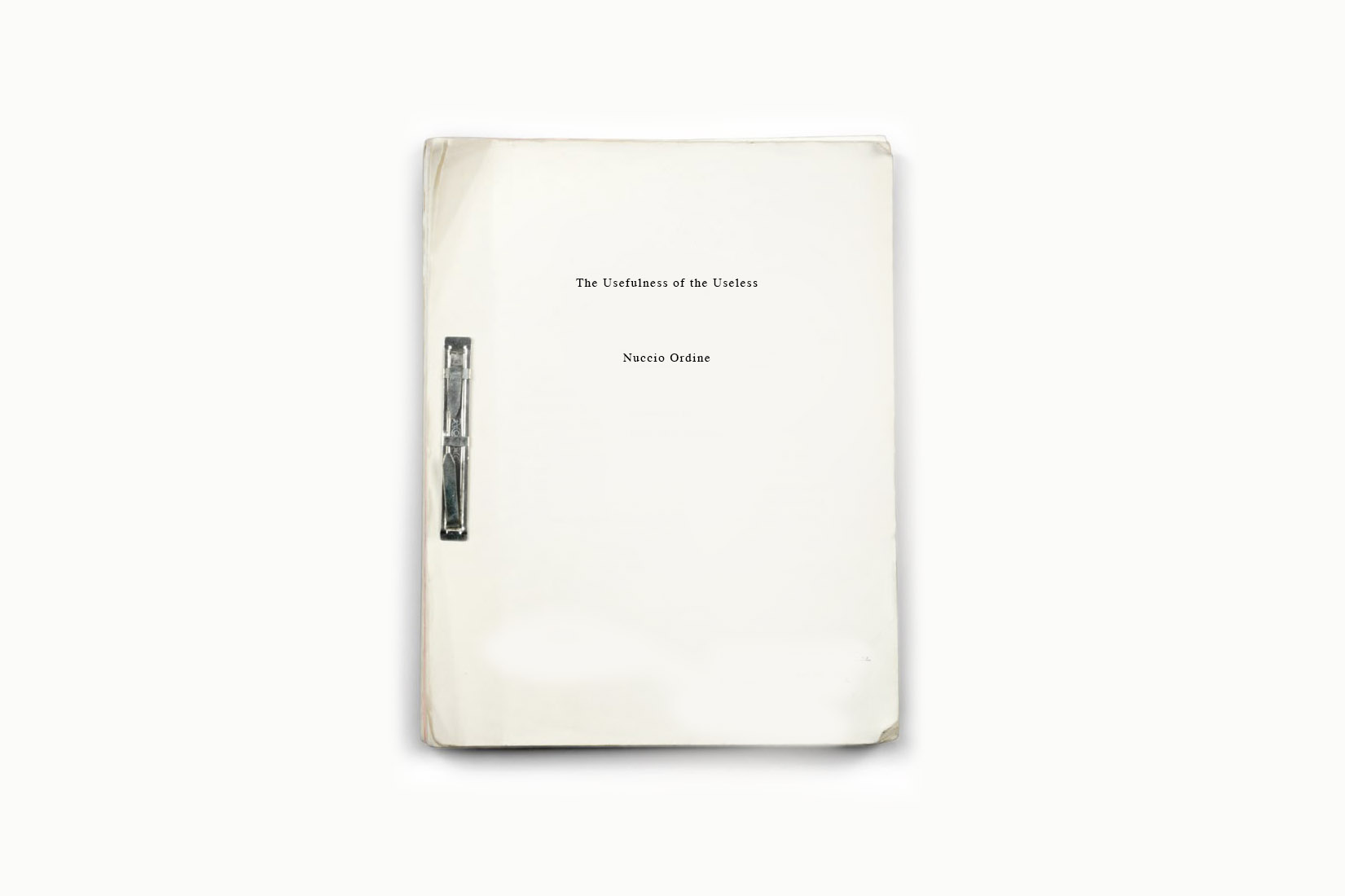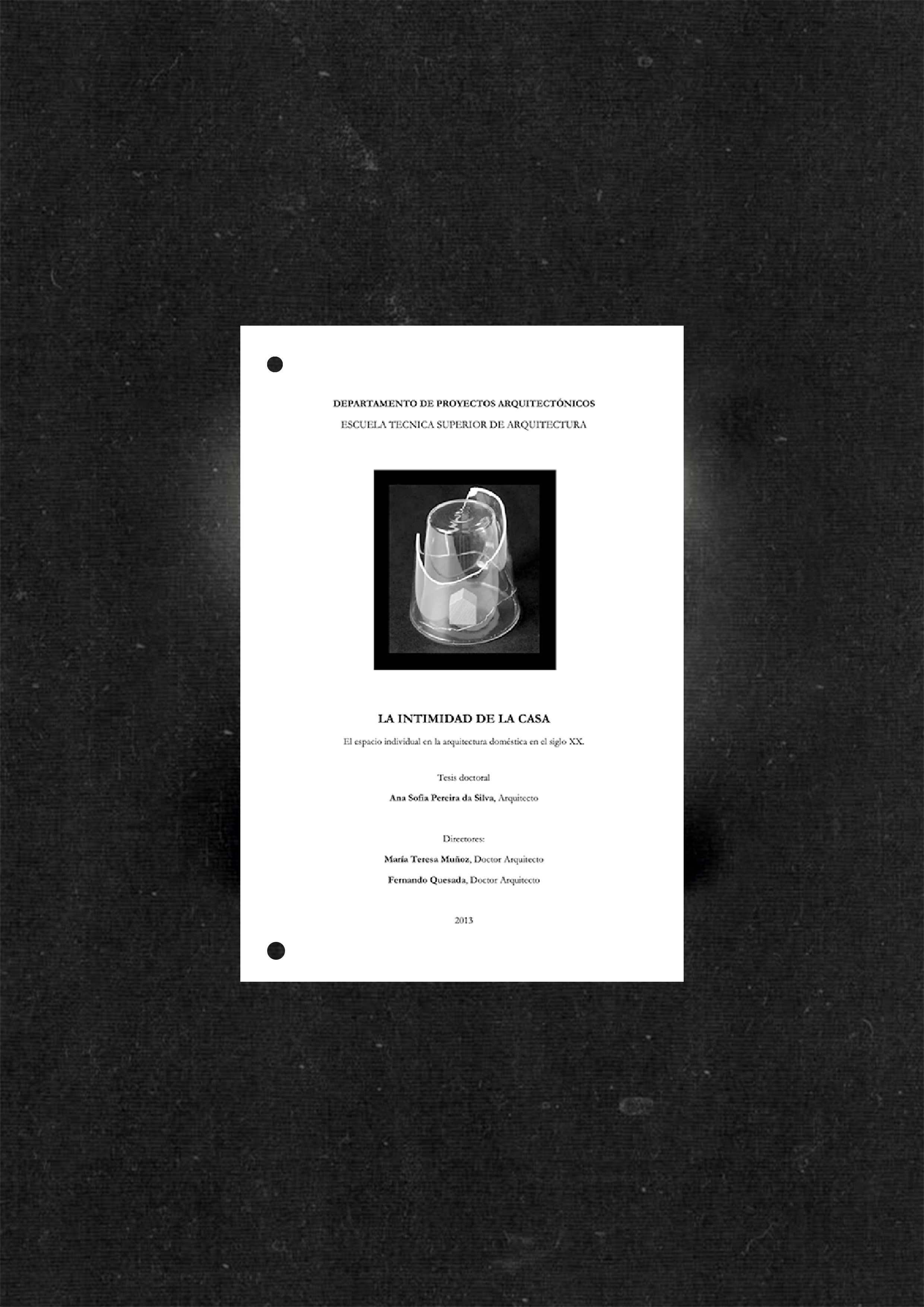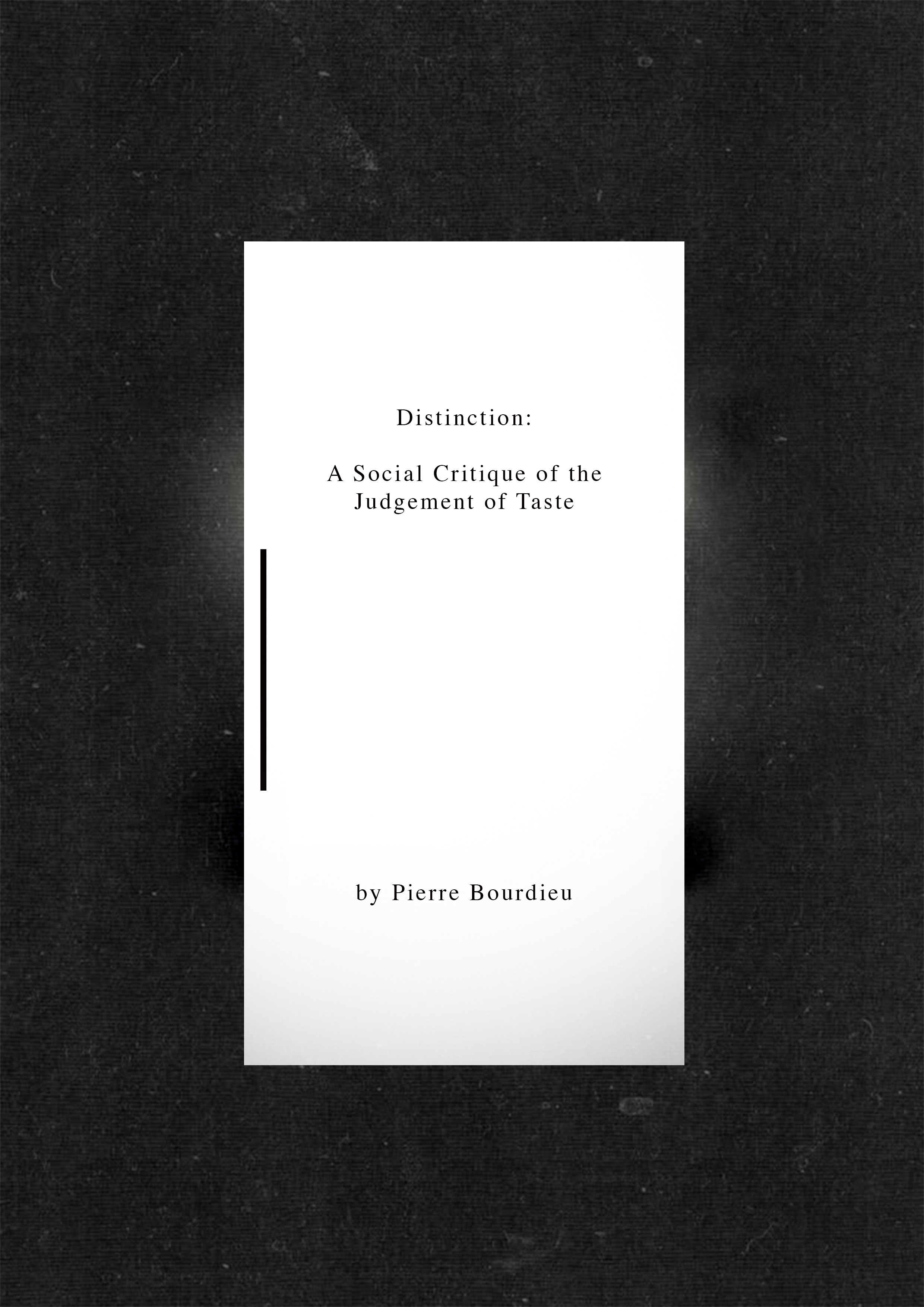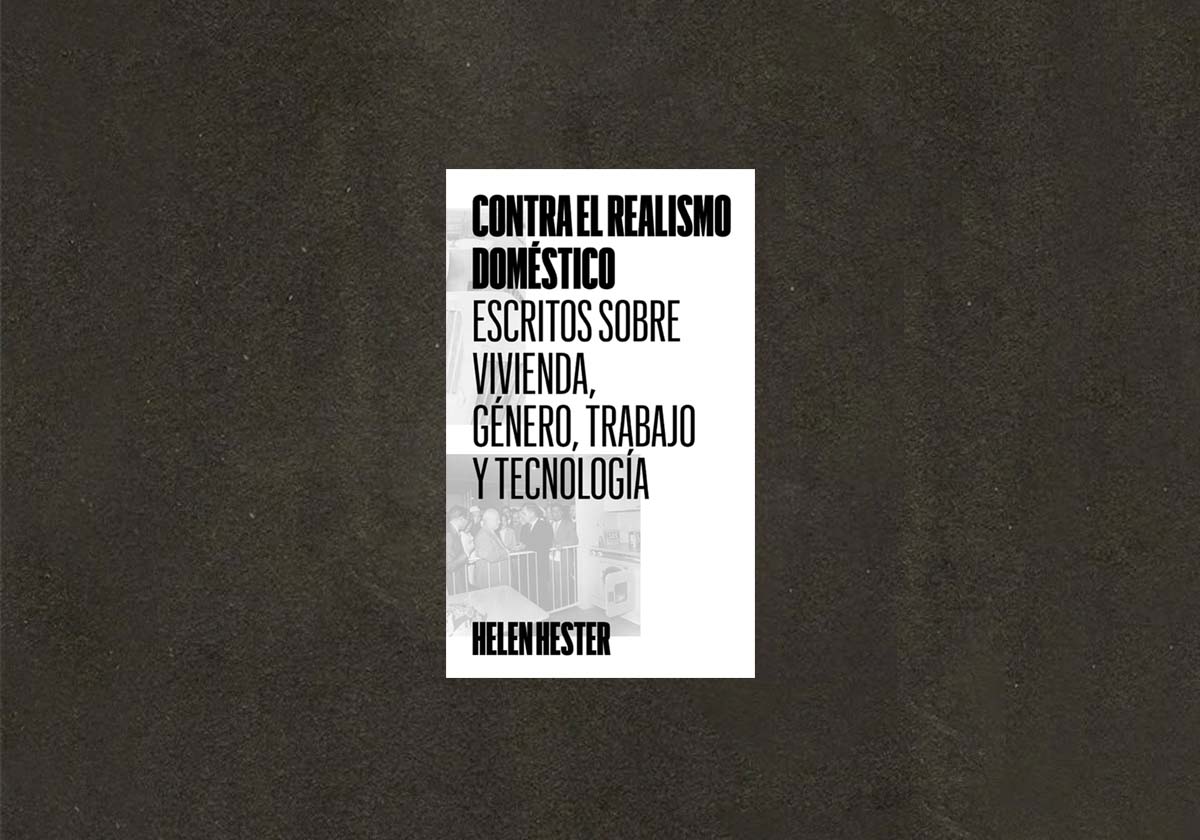![]()
Title: Art and Objects
Author: Graham Harman
Publication Year: 2019
In Art and Objects, Graham Harman explores a radical shift in how we conceive of objects. Moving beyond an anthropocentric perspective, he invites us to see objects not merely as tools or experiences defined by human use, but as entities with their own autonomous existence. This approach significantly broadens the way we understand "objects," extending the concept to encompass anything that withdraws from complete access — whether physical, conceptual, or otherwise. It is a fascinating invitation to decenter the human and engage with a richer, deeper ontology of things.
-![]()
Title: The Intimacy of the House: The Individual Space in Domestic Architecture in the 20th Century
Author: Ana Sofia Pereira da Silva
Publication Year: 2013
Institution: Department of Architectural Projects, Higher Technical School of Architecture
Supervisors: Doctor Architects María Teresa Muñoz and Fernando Quesada
This doctoral thesis investigates the historical evolution of the concepts of intimacy and individual space within domestic architecture throughout the 20th century. Through a detailed analysis, the work highlights how the home has been shaped as a private refuge, reflecting broader social, cultural, and architectural transformations. The thesis is notable for its thorough bibliographic research and presents a study worthy of careful and reflective reading, especially for those interested in exploring the extensive references provided.
![]()
Title: Untimely Objects: Philosophy and Archaeology Oriented Toward Objects
Authors: Graham Harman, Christopher Witmore
Publication Year: 2012
In Untimely Objects, Graham Harman and Christopher Witmore offer a thought-provoking reflection that challenges one of the most ingrained ideas in philosophy and in our worldview: the notion that humans are the center of everything. Through a critique of the anthropocentric view, the authors invite us to reconsider our relationship with objects and to see them as entities with their own existence, independent of our perception. Instead of viewing objects only in terms of their utility to humans, the book proposes that they have an existence that goes beyond our capacity to interact with them. It’s a challenging perspective that questions the way we understand the world and reminds us that there is much more to it than we often recognize.
![]()
Title: The Usefulness of the Useless
Author: Nuccio Ordine
Publication Year: 2009
The Usefulness of the Useless is a book recommended to me by my friend Lucía, designer who, like Ordine, appreciates what goes beyond immediate usefulness. In this work, Nuccio Ordine reflects on what we often consider "useless" and how, in reality, it holds deep and essential value for our lives. The author challenges our obsession with efficiency and utility, reminding us that knowledge, art, and beauty do not always need to serve a practical purpose to be valuable. It is a book that invites us to reconsider our relationship with the world, culture, and knowledge, and challenges us to accept the difficulty of understanding "uselessness" as a fundamental part of the essence of life. In a world so focused on productivity, The Usefulness of the Useless makes us think about what truly matters—what cannot be measured or calculated, but that connects us to what is most human and transcendent.
![]()
Title: The Blue Rider Almanac
Authors: Wassily Kandinsky & Franz Marc (editors)
Publication Year: 1912
The idea that objects — including furniture — can have a spiritual dimension is fascinating to me, and The Blue Rider, with Kandinsky at the forefront, touches on that point even if it's not the main focus. Kandinsky believed that any artistic object, if it comes from a genuine "inner necessity," can have a kind of spiritual power. It’s not just about whether something is beautiful or useful, but whether it expresses something — if it has soul.
And that really changes how you see things. Because then art isn’t just in museums or “big” works — it can also exist in the everyday. A piece of furniture, a lamp, even a mug can carry meaning if it's made with care and intention, if the creator put something of themselves into it. Kandinsky even says that “the artist is a priest,” like creating is almost a sacred act.
Applied to design, that makes me think an object becomes spiritual when it stops being just functional and manages to create a deeper connection with the person using it. It's not just about style or purpose — it’s about intention. And when that’s present, even the simplest things can become art.
![]()
Title: La Distinction
Author: Pierre Bourdieu
Publication Year: 1979 (original in French: La Distinction)
Lately I’ve been reading Bourdieu, and I can’t stop thinking about how his sociological analysis intertwines with design, consumption, and the way we inhabit objects.
He speaks of time as symbolic capital. Not everyone has the same relationship to it. Dominant classes can afford to use it for cultural leisure, contemplation, or learning. That time is also a luxury, a privilege.
He also introduces the idea of two cultural markets. The legitimate market, supported by criticism, institutions, and academia; and the popular market, driven by commercial success, immediate pleasure, and emotional appeal. There's a constant tension between the two. One accuses the other of being vulgar, the other replies that the first is pretentious. And yet, both are meaningful. It made me think deeply about how the objects we design or consume are shaped by these invisible struggles. Are we designing for symbolic recognition, or to reach as many people as possible? What is valued more —and by whom?
Another concept that struck me is the “universe of the possible.” Not everyone imagines the same options. Our history, our environment, and our social position shape what we believe to be desirable, legitimate, or even attainable. This has profound implications in design as well: not everyone accesses, understands, or feels called by certain aesthetics or objects. Some codes are designed to exclude.
All of this makes me feel that designing is not just about creating beautiful things, but about taking a position within a system of signs,
of visibilities, of symbolic struggles. And that, at the very least, is political.
It’s a dense read, yes. Perhaps not something to read straight through, but rather to turn to when you want to sharpen your gaze.
But it’s incredibly useful.
To be honest, it’s sparked some internal debates for me about the concept of beauty.
As Kant says, should beauty be innate? Or is it entirely a construct?
![]()
Title: We Have Never Been Modern:
Essays in Symmetrical Anthropology
Author: Bruno Latour
Publication Year: original in French: Nous n’avons jamais été modernes, 1991
Latour presents a concept, the “quasi-objects”—those hybrids that are neither entirely things nor entirely people, but which influence and are influenced by our actions. An object is not just a passive element, but an actor within a network of relationships, and this really changes the way we understand our interaction with the world.
It’s curious, isn’t it? At least I think so. I stop thinking of them as just tools for our lives, and start realizing that we also mean something to them. It’s beautiful to stop seeing the relationship with objects as something one-sided.
I also like how he redefines “the social.” For me, the concept of the social and of objects is already linked, so what he proposes—that the social is not a separate sphere, but rather the dynamic web of connections between people, objects, ideas, and processes—seems to me one of the most interesting things.
In his view, understanding something means looking at those connections and recognizing that the human and the non-human, the local and the global, the traditional and the modern, form inseparable networks. Another topic I find very interesting is how Latour questions the notion of closed and isolated cultures: what we call culture does not exist as an independent block, but as a network of relationships always in contact with others. There is no longer any escape or independence.
![]()
Title: Against Domestic Realism:
Writings on Housing, Gender, Work and Technology / Contra el Realismo Doméstico
Author: Helen Hester
Publisher: Bartlebooth - bartlebooth.org
I came across this book thanks to Pablo, a friend who runs Bartlebooth, a very carefully curated publishing project, made with a lot of love. The press focuses on critical annd non-obvious texts.
In Against Domestic Realism, Helen Hester challenges the idea that housing and the domestic sphere are natural or neutral spaces. From a critical and feminist perspective, she examines how the home is shaped by gender relations, by the organization of work—especially domestic and care labor—and by technologies that structure everyday life.
What I find particularly interesting is her historical analysis of housing and how it transforms as society advances and progresses. Hester shows how domestic models respond to specific social imaginaries: from homes designed for heterosexual marriages with children and the nuclear family, to figures such as the “Playboy apartment,” which embodies ideals of individualism, consumption, masculinity and technology. Housing thus appears as a direct reflection of the social, economic and cultural values of each moment.
The book invites us to stop seeing the home as a neutral backdrop for private life and to understand it instead as a historical, political and ideological construction, where ideas about gender, work, technology and progress are materially shaped.
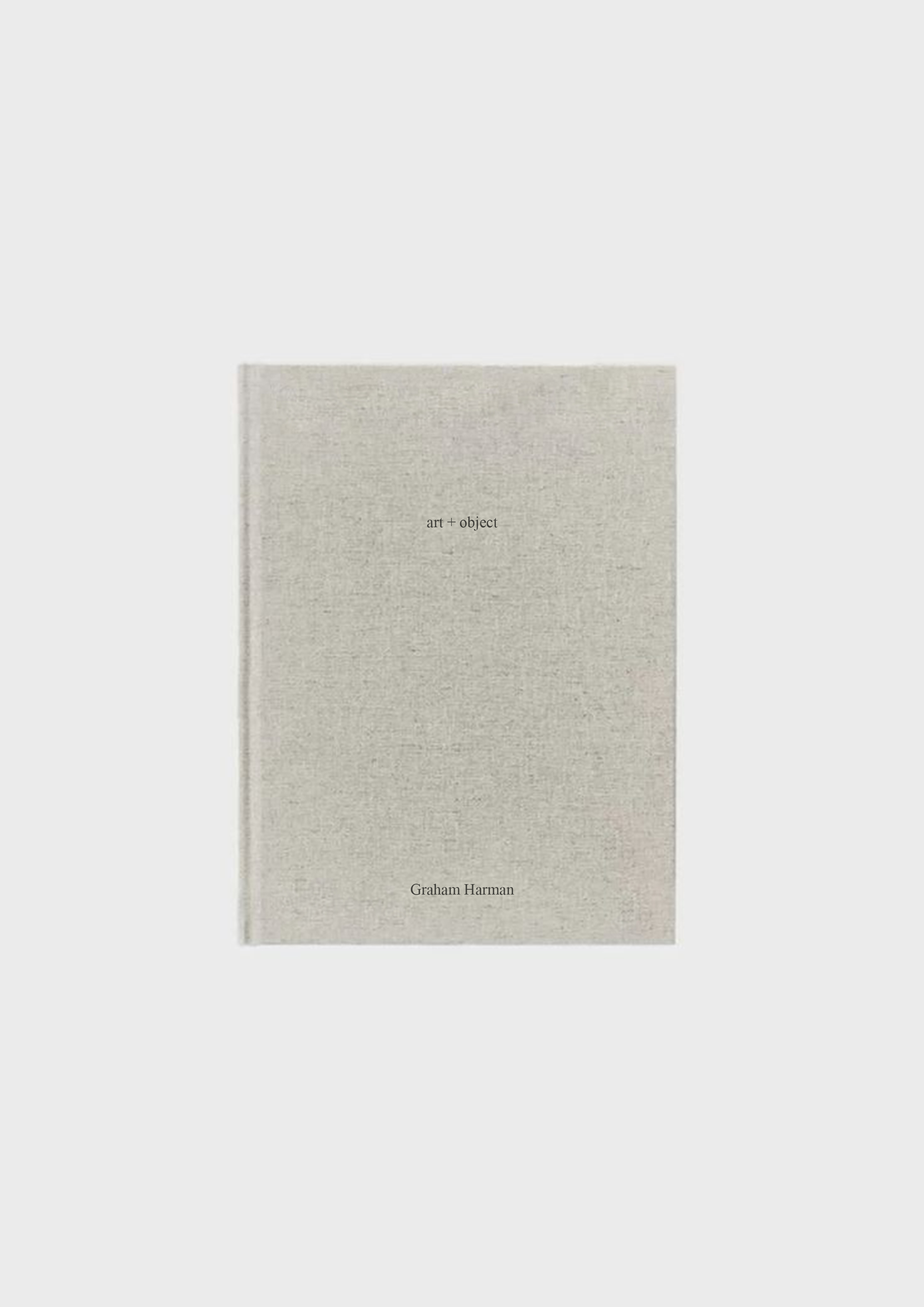
![]()
![]()
